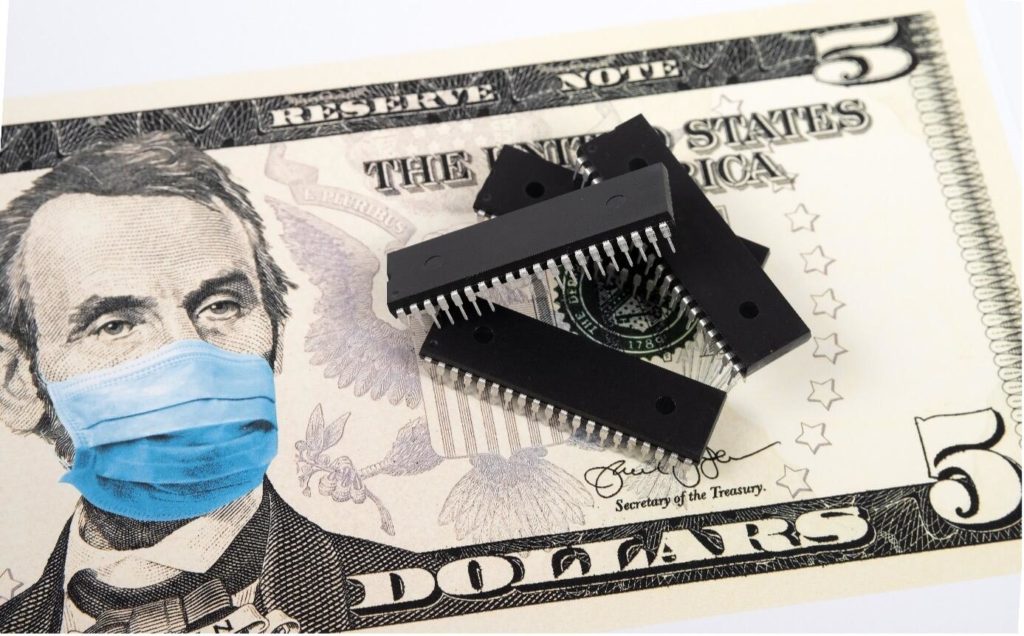Most companies are experiencing difficult times on the supply side. Containers are piling up on one side of the globe and are sorely lacking on the other. Delays are piling up, and variability is clearly at a maximum on the supply side.
Can our supply chains really be demand driven in this context? Does pull manufacturing still work? Shouldn’t we switch to a push mode and do what we can with the supplies we already have?
Do we have the right processes and tools to get through this time?
Supply chain managers, consultants and software editors have historically looked more at the demand side (sales forecasts) and demand variability (forecast reliability, safety stock algorithms) than at the supply side — at least since the end of the glorious thirty years.
There are some exceptions to this, for example in project-based supply chains (ETO), where managers are naturally more focused on supply-side variability than on quantity or requirement date drift. But still.
A company asked me recently: you advocate pull flow, but does it still work right now?
Pull Flow is Not Tight Flow
First, let’s go back to a common confusion. “Pull flow” means pacing our flows to real demand — consumption, firm orders. It doesn’t mean not having protections, in the form of stock, for example. The Demand Driven mantra of “Position, Protect and Pull” means positioning stocks, time buffers and capacity buffers; protecting the flow by sizing and adapting these buffers; and pulling the flow by real demand.
These buffers are investments, and it is up to us to size them correctly and adapt them to the circumstances. Is it time to reduce inventory targets when supply chains are long? Probably not…
Adapt Your Model with Pragmatism and Agility
The current situation requires the model to be adapted. That might mean increasing the red zones when we know that a flow is at risk. Maybe we need to temporarily supply larger lot sizes, if that can secure a flow. Perhaps spot orders should be placed with certain suppliers.
It’s also time to be more agile in collaboration between functions and with suppliers, and in adaptation. VW’s CEO recently expressed his admiration for Tesla, which was able to modify certain software in a few weeks to use different electronic chips to compensate for disruptions.
The Advantages of Pull Manufacturing
Pull flow means generating demand signals and priority sets as close as possible to the real needs of the market. We make decisions as late as possible (but not too late). By doing this, we ensure that we allocate our resources to the right priorities. If our resources — materials or capacities — are in short supply, what could be more important than not wasting them on the wrong products?
A basic principle of pull is to produce only what is needed. The temptation is sometimes great these days to produce what you can with what you have, “to keep people busy.” If it is relevant and validated in your S&OP to pull ahead requirements on certain products with a risk, formalize it well in the temporary adaptation of your buffers, and ensure a strict discipline. Nothing would be worse than wasting resources that are difficult to obtain.
Demonstrating Results
Several of our customers — including some in the high-tech sector, which has been affected by the crisis in electronic components — can testify that on product lines that have been fully switched to DDMRP, customer service is much better and the flow is more stable in these periods of strong turbulence.
Evolving Tools
Nevertheless, the current period, dominated as it is by supply constraints, highlights the need for more sophisticated functionalities than those offered by many “DDMRP compliant” software packages on the market. Among the points of attention, we can mention the synchronization between material receipts and work centers capacity, the ability to promise reliable dates in MTO flows, the anticipation of medium-term shortage risks, efficient management by exception on large data sets, supplier collaboration, S&OP scenario management, etc. We have already integrated some of these advanced functionalities into our solutions, and we will continue to enrich them in the coming weeks, considering the situations encountered by our customers.
Looking Forward
There is no secret. The best solution for an agile and resilient supply chain is to shorten lead times. It seems obvious, but it’s an obvious fact that has been ignored or underestimated for decades, in favor of a short-termist approach to unit costs, as evidenced by our supply chains collapsing due to a lack of containers and prices soaring due to a so-called stronger than expected recovery. If the lead times were not several months long, adapting to a recovery would not be a concern.
We can — we must — dream of a more local supply chain, with shorter lead times, infinitely more respectful of the environment, and militate / act at our level to move in this direction. Will this supply chain need to be managed in pull-flow? Absolutely!












